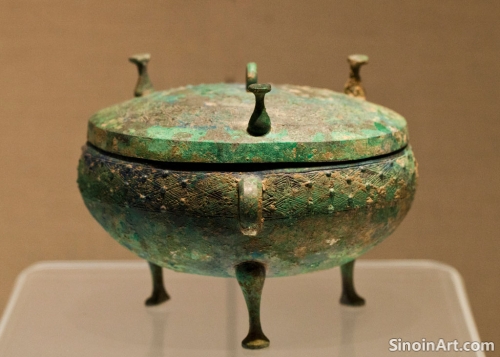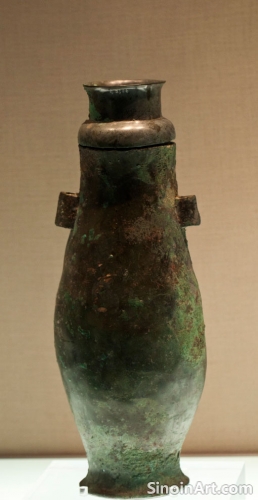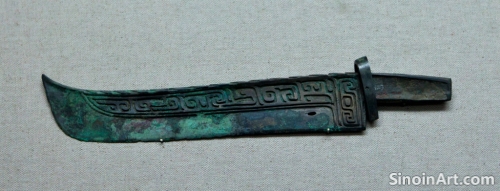The Development of Bronze Mirrors in the Han Dynasty: New Styles and Social Significance
|
The Han Dynasty (206 BCE – 220 CE) saw further developments in the production and use of bronze mirrors in China, characterized by new styles, designs, and increased social significance. The mirrors of the Han period offer a clear look at the art, culture, and daily life of the time. The development of new forms and styles also reveals new approaches to ancient Chinese art.  Han Dynasty mirrors often featured intricate designs, including depictions of mythical creatures, geometric patterns, and scenes from daily life. These intricate details demonstrate a new level of care and craftsmanship. The designs often reflected the tastes of the era and the aspirations of the ruling class.  Han Dynasty mirrors often incorporated the concepts of the "Five Elements" and other cosmological theories, reflecting the intellectual and philosophical currents of the time. The integration of these intellectual and spiritual elements is a key component of the style of the time. These mirrors help us to understand how different aspects of life influenced artistic styles.  Bronze mirrors were an important status symbol during the Han Dynasty, often gifted among the elite and included in tombs as grave goods. Their inclusion in tombs reflects the importance of both social status and also beliefs about the afterlife. The giving and receiving of gifts of mirrors became a well-established social custom. The study of Han Dynasty bronze mirrors provides valuable insights into the material culture, social practices, and aesthetic ideals of the period, helping to make a connection to a long gone and very different era. The mirrors help to provide a valuable insight into the social, cultural, and artistic world of the era. |
Tag : Han Dynasty mirrors, bronze artifacts, ancient Chinese art, mirror symbolism, metalwork history
Related information
- Regional Variations in Chinese Bronze Ware: Exploring Cultural Diversity
- Bronze Ware and Ancient Chinese Concepts of the Cosmos: Heaven, Earth, and Humanity
- Bronze Ware and the Development of Ancient Chinese Music Theory: The Use of Scales, Intervals, and Tuning
- Bronze Ware and the Development of Ancient Chinese Mathematics: Measurement and Calculation
- Bronze Ware and Ancient Chinese Understandings of the Natural World: Animal Symbolism and Ecological Awareness
This article explores the regional variations in Chinese bronze ware, highlighting how different regions developed their unique styles, forms, and techniques, reflecting the diverse cultural landscape of ancient China.
This article explores the connection between bronze ware and ancient Chinese concepts of the cosmos, highlighting the use of celestial symbols, the representation of the relationship between Heaven, Earth, and humanity, and revealing the cosmological worldview of the ancient Chinese.
This article explores the influence of bronze ware on the development of ancient Chinese music theory, focusing on how the precise tuning of instruments led to a greater understanding of scales, intervals, harmony, and the overall structure of musical forms.
This article explores the use of bronze in ancient Chinese mathematics, highlighting its role in creating measuring instruments, illustrating mathematical principles, and revealing the connections between bronze, technology, and mathematical understanding.
This article explores how bronze ware reflects ancient Chinese understandings of the natural world, highlighting the detailed representations of animals, plants, and landscapes, and demonstrating the ancient awareness of the interconnectedness of humans and their environment.